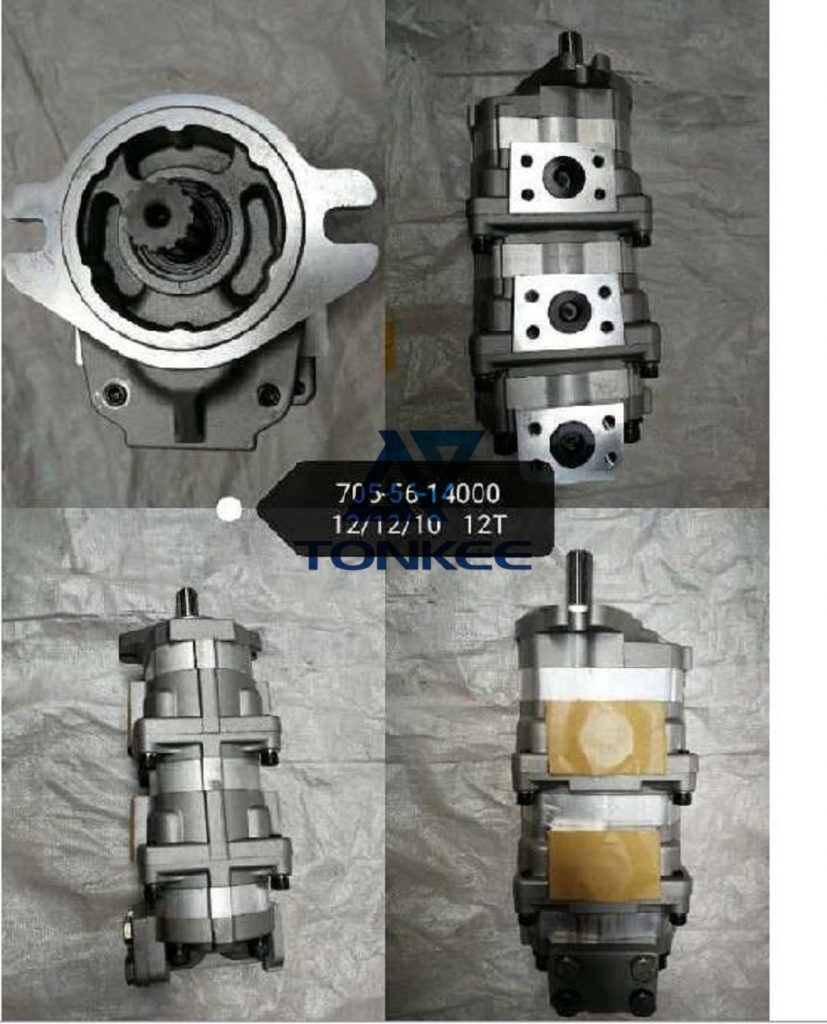
The crankshaft for these engines is typically constructed from high-strength alloy steel, which is known for its excellent durability and resistance to wear and tear.
This material choice is critical, as it ensures that the crankshaft can endure the high loads and stresses generated during engine operation.
Stroke Length:
The stroke length is a fundamental specification for any crankshaft. It determines the engine's displacement and power output. For these engines, the stroke length may vary depending on the model, with each one optimized for a specific power and torque range.
Journal Diameters:
Crankshafts have several journals, which support the engine's connecting rods and pistons. The journal diameters are precision-engineered to reduce friction and ensure smooth movement. Proper journal sizing is essential to minimize wear and maximize efficiency.
Counterweights:
The counterweights on the crankshaft are designed to balance the reciprocating motion of the pistons and rods. Proper balancing is crucial for reducing vibrations and enhancing engine performance. The 4D102, 6D114, and 6D107 crankshafts are carefully balanced to minimize engine vibrations.
Surface Hardening:
To enhance the crankshaft's wear resistance, the journals and bearing surfaces often undergo surface hardening processes, such as nitriding. This ensures that the crankshaft maintains its integrity under high-stress conditions, promoting longevity.
Bearing Design:
The crankshaft's bearing design is crucial for ensuring smooth rotation and reduced friction.
Proper bearing clearances are maintained to avoid overheating and excessive wear, and precision manufacturing is essential to achieve this.
Oil Passages:
Crankshafts feature intricate oil passages that ensure adequate lubrication of the journals, bearings, and other critical components. Proper oil flow is crucial for preventing premature wear and maintaining engine efficiency.
Keyway and Gear Compatibility:
The crankshaft must be designed to accommodate the attachment of keyways and gears necessary for driving various engine components, such as camshafts, timing gears, and other accessories.
Quality Control and Inspection:
During the manufacturing process, the crankshaft undergoes stringent quality control and inspection procedures to ensure that it meets precise specifications. This involves dimensional checks, material analysis, and balance testing.
Interchangeability:
In many cases, these crankshafts are designed to be interchangeable with other engines within the same family or series. This interchangeability can be a valuable feature for maintenance and repair, reducing downtime and costs.




 English
English Русский язык
Русский язык




